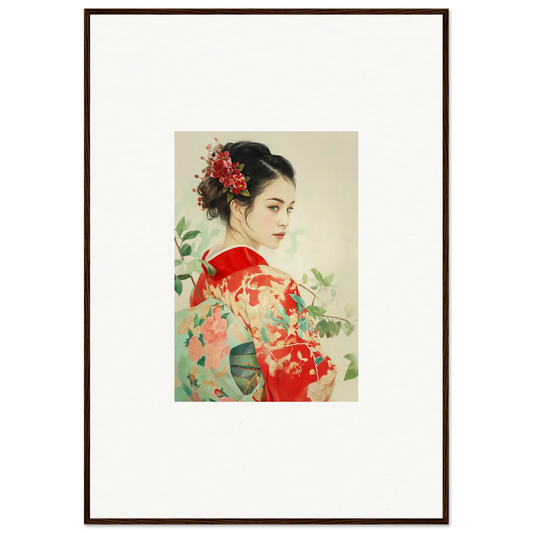
How A.I. Can Help Your Style
Share
In recent years, artificial intelligence has become one of the most in-demand technologies in digital marketing. The ability of machines to learn from data and provide insights that help businesses make better decisions has been put to use in a variety of industries, such as healthcare, finance, and even fashion. While most people associate A.I. with robots and self-driving cars, it’s also increasingly being used to help us look and feel great. Yes, you read that right: A.I. can help you improve your style!
How Does A.I. Work in Fashion?
To understand how A.I. is used in fashion, it helps to break down the different types of technology involved. Generally, there are three main areas where A.I. is applied:
- Virtual assistants: These are bots or apps that provide personalized styling advice based on customers’ preferences and past purchases. Virtual assistants can be found on websites or messaging platforms, and often use natural language processing to understand customer queries.
- Visual recognition: This involves using machine learning algorithms to identify patterns in images or videos. In fashion, this can be used to analyze runway shows or street style photos to identify emerging trends, or to recommend outfits based on users’ body shape or skin tone.
- Supply chain optimization: A.I. can be used to optimize inventory management and supply chain logistics, allowing companies to reduce waste and operate more efficiently. This can lead to cost savings which can be passed on to customers in the form of lower prices or better quality products.
Benefits of A.I. for Consumers
So, how can A.I. help you improve your style? Here are some of the benefits:
- Better personalized styling recommendations: By analyzing your past purchases, browsing history, and even social media activity, A.I. can provide more accurate recommendations for clothes, shoes and accessories that match your personal taste and needs.
- Improved online shopping experiences: Virtual assistants can make online shopping easier and more enjoyable, by providing instant feedback on outfit choices, suggesting similar items, or helping customers find the right size or fit.
- More sustainable fashion: By optimizing supply chain logistics, A.I. can help reduce the environmental impact of fashion by minimizing waste and reducing carbon emissions. This can contribute to a more sustainable and ethical fashion industry.
Examples of A.I. Fashion Applications
Here are some examples of how A.I. is being used in the fashion industry:
- Stitch Fix: This online styling service uses an A.I.-powered algorithm to recommend clothes based on customers’ style, size, and price preferences. Customers can keep what they like, and return the rest.
- ASOS: The online fashion retailer uses visual recognition technology to show customers how an item will look on different body types, making it easier for customers to find items that flatter their shape.
- Luxury brands: High-end fashion brands like Burberry and Louis Vuitton are using A.I. to identify emerging fashion trends, predict demand, and optimize production schedules.
Challenges and Limitations
Despite the many benefits of A.I. in fashion, there are also some challenges and limitations to consider:
- Privacy concerns: To provide personalized recommendations, A.I. may need access to personal data such as browsing history or purchasing habits. This raises concerns about privacy and data security.
- Bias and accuracy: A.I. algorithms are only as good as the data they’re trained on. There are concerns that A.I. could reinforce biases or inaccuracies in fashion, such as by perpetuating unrealistic body standards or promoting stereotypical gender roles.
- Human element: A.I. can be a helpful tool, but it’s important to remember that fashion is ultimately an art form that involves individual expression and creativity. A.I. can’t replace human intuition or taste.
Conclusion
A.I. is poised to revolutionize the fashion industry, offering consumers better personalized recommendations, improved online shopping experiences, and a more sustainable and ethical fashion supply chain. However, like any new technology, there are challenges and limitations to consider. As A.I. becomes more prevalent in fashion, it’s important to continue to evaluate its impact and ensure that it’s used responsibly and ethically.































